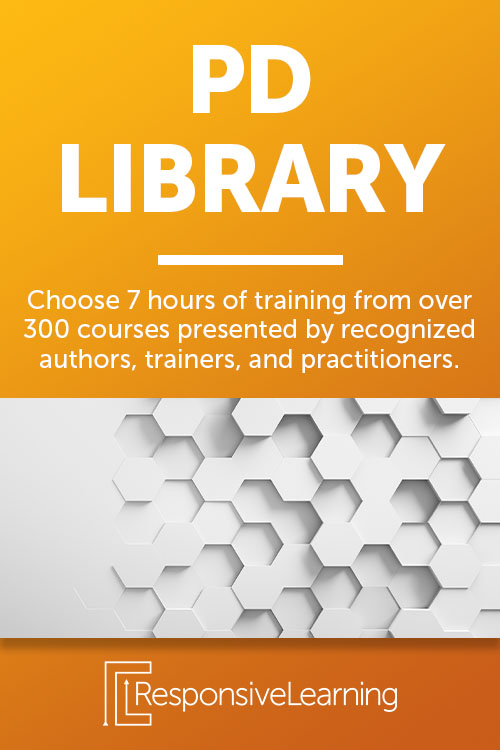Math is an important yet often unpopular subject in school. Some students love it, while others loathe the idea of struggling over solving various equations. Whether math comes easy to you or you find it more challenging, everyone has to learn the fundamentals one way or another. 10 Challenging Math Problems and Strategies to Successfully Solve Them presents an inspiring way to approach problem-solving as well as helpful techniques on how to engage students.
1. The Power of Grit
Ed Zaccaro has been working with gifted students for over 30 years. During this time, he explained how he was shocked “to have some kids that would confine themselves to an intellectual box where everything’s easy.” He urges the importance of helping students think outside the box when teaching math and, most importantly, encouraging them to not be afraid of failing.
Math didn’t come easy for his daughter, Rachel. Zaccaro explained how she spent two hours completing homework that would only take her gifted brothers about ten minutes. Despite Rachel’s math challenges, she never gave up, and she was determined to complete her work regardless of the difficulty.
Rachel is now in her thirties, and her salary is three times what her brothers make. She learned how to be resilient and successful through determination, perseverance, and overcoming her struggles at a young age. Zaccaro describes Rachel’s philosophy, “How you react to adversity is much more important than the adversity itself.” This is why it’s crucial to give students problems that are challenging.
2. Challenging Imagination
Zaccaro illustrates the power of exponents through a mind-boggling visualization. He describes pennies being stacked so far that they reach across the entire galaxy and back again three times. Rather than answering in exponents, he asks students to use a real-life example of distance. Gifted students especially enjoy this thought-provoking problem since they can take it home to impress their parents and older siblings.
The next challenging problem presents the question of converting Celcius to Fahrenheit. Zaccaro provides imagery to display how he arrived at his solution with a function machine. When you challenge students to approach a math problem differently, it helps them to adapt and expand their problem-solving skills.
Finally, he explains common assumptions when solving problems and how “algebra cuts through flawed thinking.” When you teach students how to adjust problems using the language of algebra, they will better understand successful strategies for solving an equation in the real world.

3. Real-Life Applications
What’s the best way to determine if a premade cabinet will fit in your home? Zaccaro recounts his firsthand experience with this problem, and how he solved it using the Pythagorean theorem. This method is proven effective and saves a lot of time, money, and unnecessary stress. When you understand how to apply basic math concepts, you may be surprised how it makes real-life solutions easier in the long run.
Zaccaro emphasizes the importance of adding humor through math jokes and relatable explanations to keep students interested and engaged in learning. Students will always want to learn more when the material is challenging and their curiosity is piqued. When you implement these strategies in your classroom instruction, you’d be amazed how much fun your students will have learning new problem-solving skills.
Interested in learning more about how to teach problem-solving techniques? Explore the course demo on 10 Challenging Math Problems and Strategies to Successfully Solve Them today!







